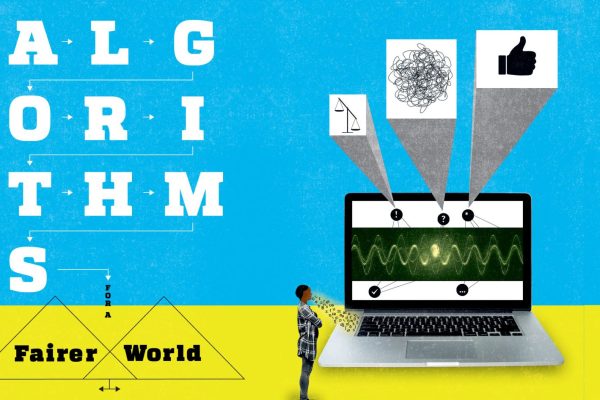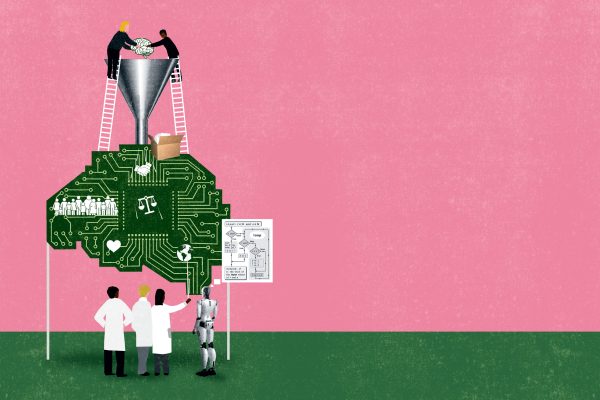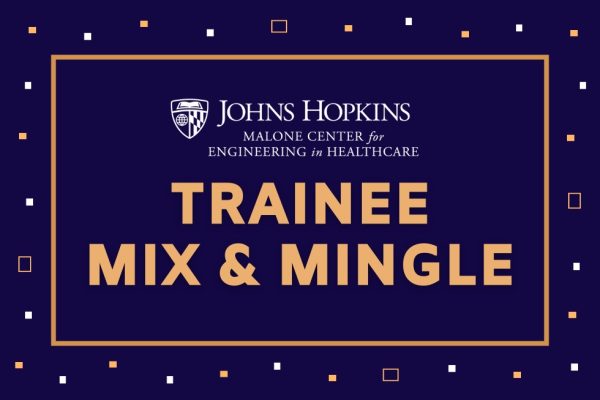By: Jaimie Patterson

Algorithms for a fairer world
- June 14, 2024
- Center NewsMachine Learning and Artificial Intelligence
Machine learning technologies hold the potential to revolutionize decision-making. But how can we ensure AI systems are free of bias? Our experts weigh in.

Delivering on the promise of personalized medicine
- June 11, 2024
- Center NewsMedical Imaging
Harnessing advances in data science and AI, Whiting School researchers are working closely with clinicians to improve care for a broad array of debilitating conditions.

Malone researchers receive Data Science and AI Trusted Dataset Awards
- June 5, 2024
- Center News
Mathias Unberath and Swaroop Vedula have been selected as the two recipients of the Johns Hopkins University Data Science and AI Institute's inaugural Data Science and AI Trusted Dataset Awards.

Mathias Unberath named John C. Malone Assistant Professor
- June 3, 2024
- Center News
The John C. Malone Assistant Professorships were endowed through the generosity of John C. Malone, Engr ’64, ’69, to support outstanding Whiting School faculty members within the Malone Center for Engineering in Healthcare.

Malone Center hosts spring “Mix & Mingle” event
- May 22, 2024
- Center NewsStudent Stories
The event featured trainee lightning presentations, awards, and networking opportunities.

Announcing the 2024 Malone Seed Grant Awards
- May 16, 2024
- Center News
The new grants will fund engineering innovations that aim to predict the effectiveness of endotherapy for chronic pancreatitis patients, transform surgical robots into collaborative and intelligent assistants and develop a data-powered, automated tool to modernize the management of fall risks.